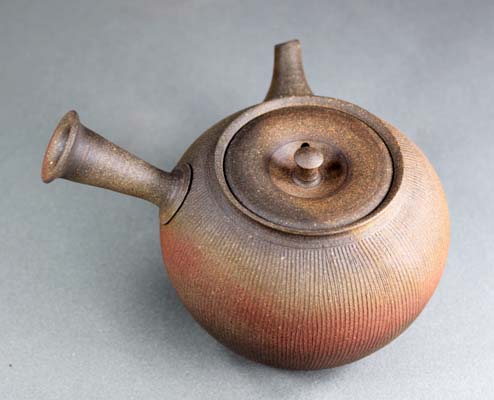
This is why simply saying いい (ii) by itself can have a multitude of meanings! This also applies to the above case, as it’s obvious from the context you’re referring to the fact that there is a sufficient amount of drink that’s been poured. We frequently omit pronouns and other parts of a sentence or phrase when the context is understood. Imagine that someone is pouring you a glass of your favourite beverage, and ask you to let them know when to stop pouring. Sometimes we say “that’s good” when something is sufficient enough in English. However, this is a very casual way of speaking and would be considered rude if you were to say it to people who are not your close friends or family. Note that you can also just say いい (ii) by itself to decline something. The connotations here are the same in both Japanese and English. You may reply:ĭuring these circumstances, we’re using いい (ii) to decline an offer or request. Let’s say a family member has asked you if you’d like some cake. Just like in English, when we say something is “good” we’re not always directing it as a compliment.
Totemo yokunai how to#
Suggested: How to say Happy in Japanese I’m Good (no thanks) in Japanese The meaning of the smile being “good” is still present, we just deliver it slightly differently in the English interpretation. In this instance, the word “nice” fits much better than “good”. It goes without saying that there are times where the “nice” may be a more natural interpretation of いい (ii). Therefore, during these occasions, “good” and “nice” are interchangeable. We could also interpret the above example as “nice idea”, which ultimately shares the same meaning as the original. Despite the many meanings, the concept is the same. The difference is that you conjugate i-adjectives a little differently than na-adjectives.Īlthough the overarching meaning of いい (ii) is “good”, it can also mean “fine”, “nice”, “well” or “sufficient”.

There are two types of adjectives in Japanese i-adjectives and na-adjectives. The word いい (ii) is an i-adjective and the best way to say “good” in Japanese.

This ultimate guide is tailored for beginners and advanced learners alike. This makes some word pairings a little tricky to conjugate at times. You can get pretty creative with word pairings, and it’s so much fun to discover new ways to say things.įurthermore, you conjugate いい (ii) a little differently from regular i-adjectives. For example, pairing the word for “head” in Japanese with the word for “good” in Japanese creates the meaning “smart” or “intelligent”. いい (ii) can be paired with many Japanese words to create entire different meanings. This is because when speaking Japanese, you drop the pronouns and other parts of the sentence when it’s already obvious from the context what exactly it is you’re saying. Depending on the context, it can mean “good”, “that’s good” or even “I’m good”.

Simply saying いい (ii) by itself can have a multitude of meanings.


 0 kommentar(er)
0 kommentar(er)
